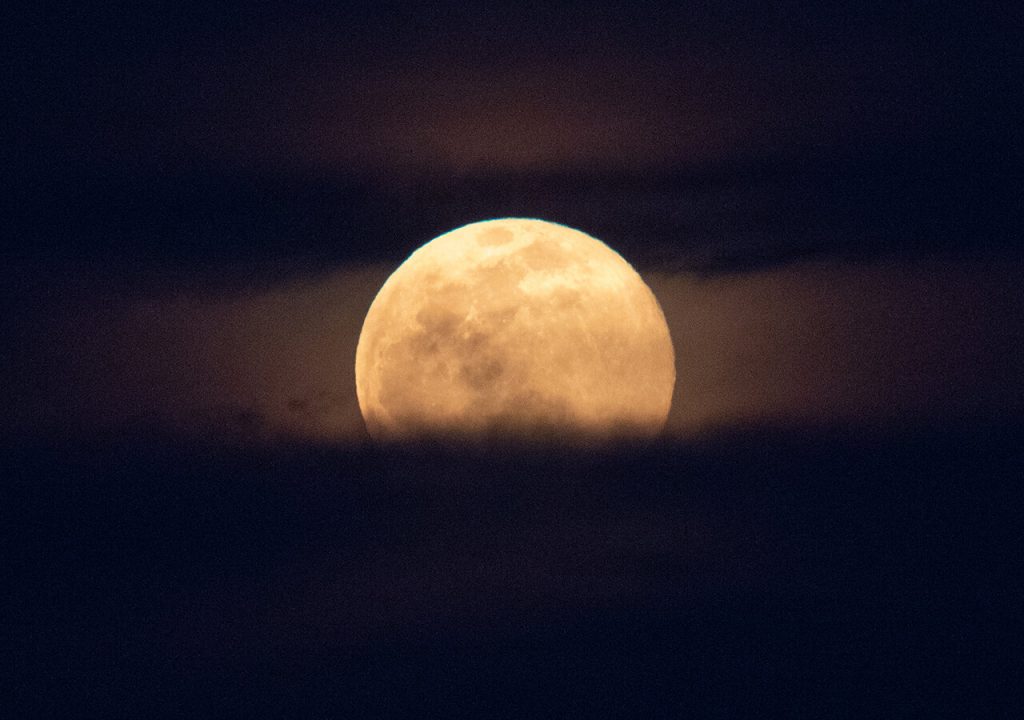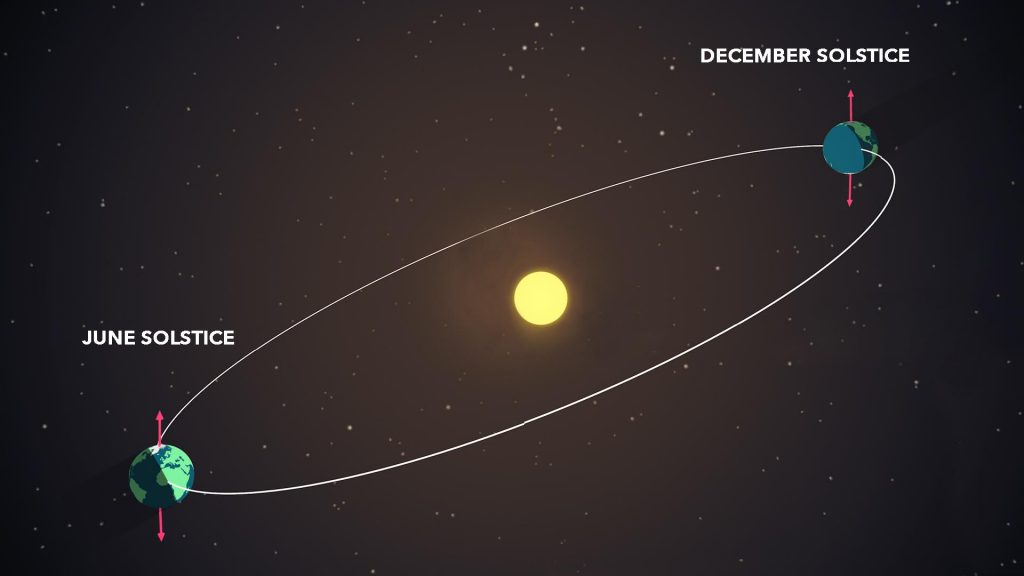Our planet’s natural satellite – better known as the Moon – will appear opposite the Sun and fully illuminated on June 24, 2021, at 18:40 UTC, which is 1:40 p.m. CDT (UTC-5). This full Moon is quite special for two reasons: it’s a Strawberry Moon and the last supermoon of the year!
The Strawberry Moon marks the last full Moon of spring or the first full Moon of summer. Towards the end of June, the Moon usually sits in a lower position in the sky and shines through more of our atmosphere. Because of this, our Moon can sometimes give off a pinkish hue.

Surprisingly, the name likely has more to do with the time of the year it occurs than its unusual pink shade. Some Native American tribes referred to this full moon as the Strawberry Moon because it signaled a time for gathering ripening strawberries and other fruits.
A supermoon occurs when a full Moon coincides with the Moon’s closet approach to Earth in its elliptical orbit, a point known as perigee. During every 27-day orbit around Earth, the Moon reaches both its perigee, about 226,000 miles from Earth, and its farthest point, or apogee, about 251,000 miles from Earth.
Although supermoon is not an official astronomical term, it’s typically used to describe a full Moon that comes within at least 90% of perigee. In this phase, the Moon appears larger and brighter than usual. A new Moon can also be a supermoon. However, we typically do not see a new Moon since it is between Earth and the Sun, and therefore not illuminated.
If you’re in the daylight at the time of the Super Strawberry Moon, look for a better view during its moonrise, which is about 20 minutes after sunset, local time.
The Super Strawberry Moon will be the last of four supermoons for 2021. Supermoons only happen three to four times a year, and always appear consecutively. The last three supermoons occurred on May 26, April 27, and March 28.
Skywatchers, please enjoy the sunset in the west, and if you look toward the east, you may notice the subtle pink hue of our Super Strawberry Moon!
by Lance D. Davis


